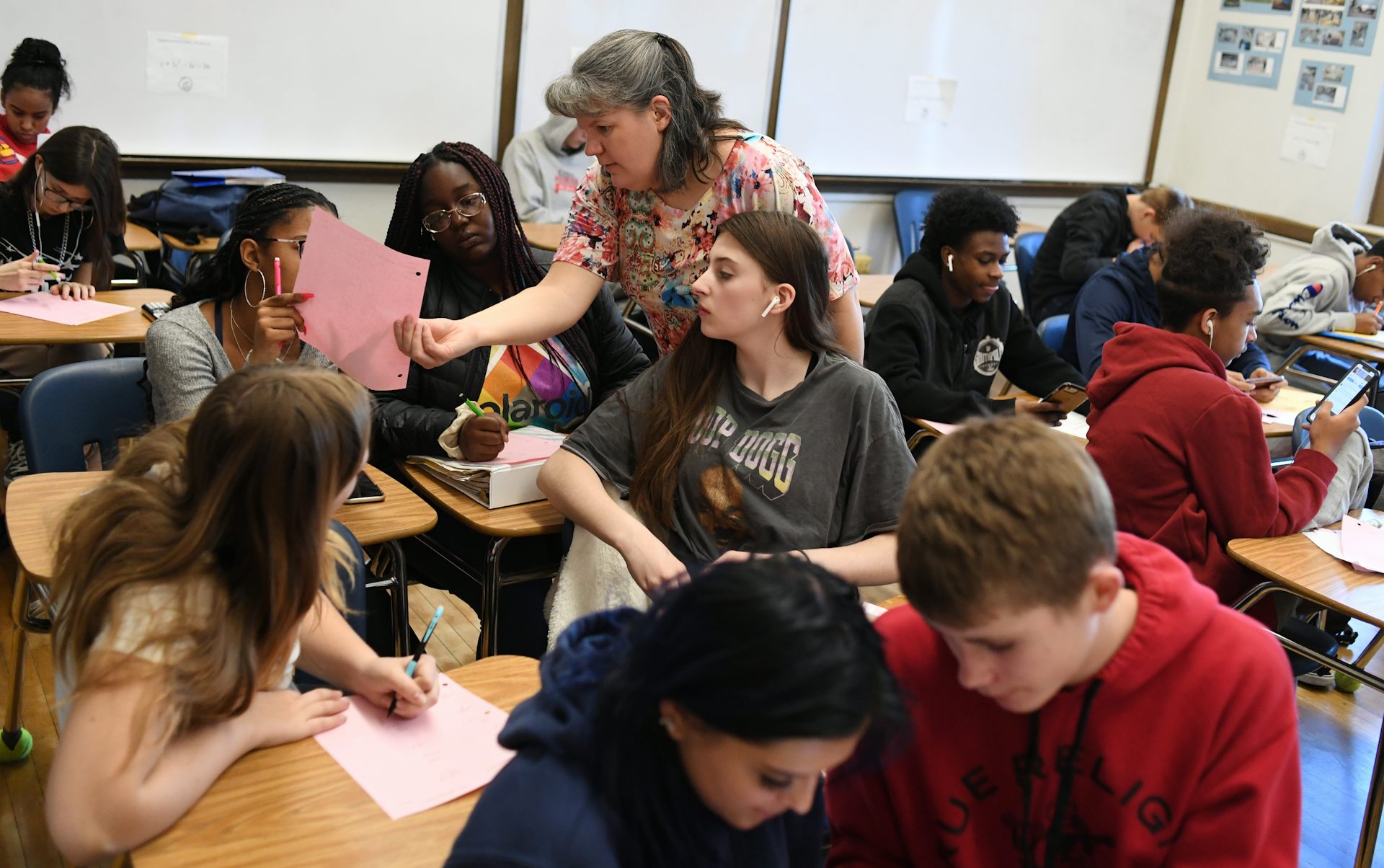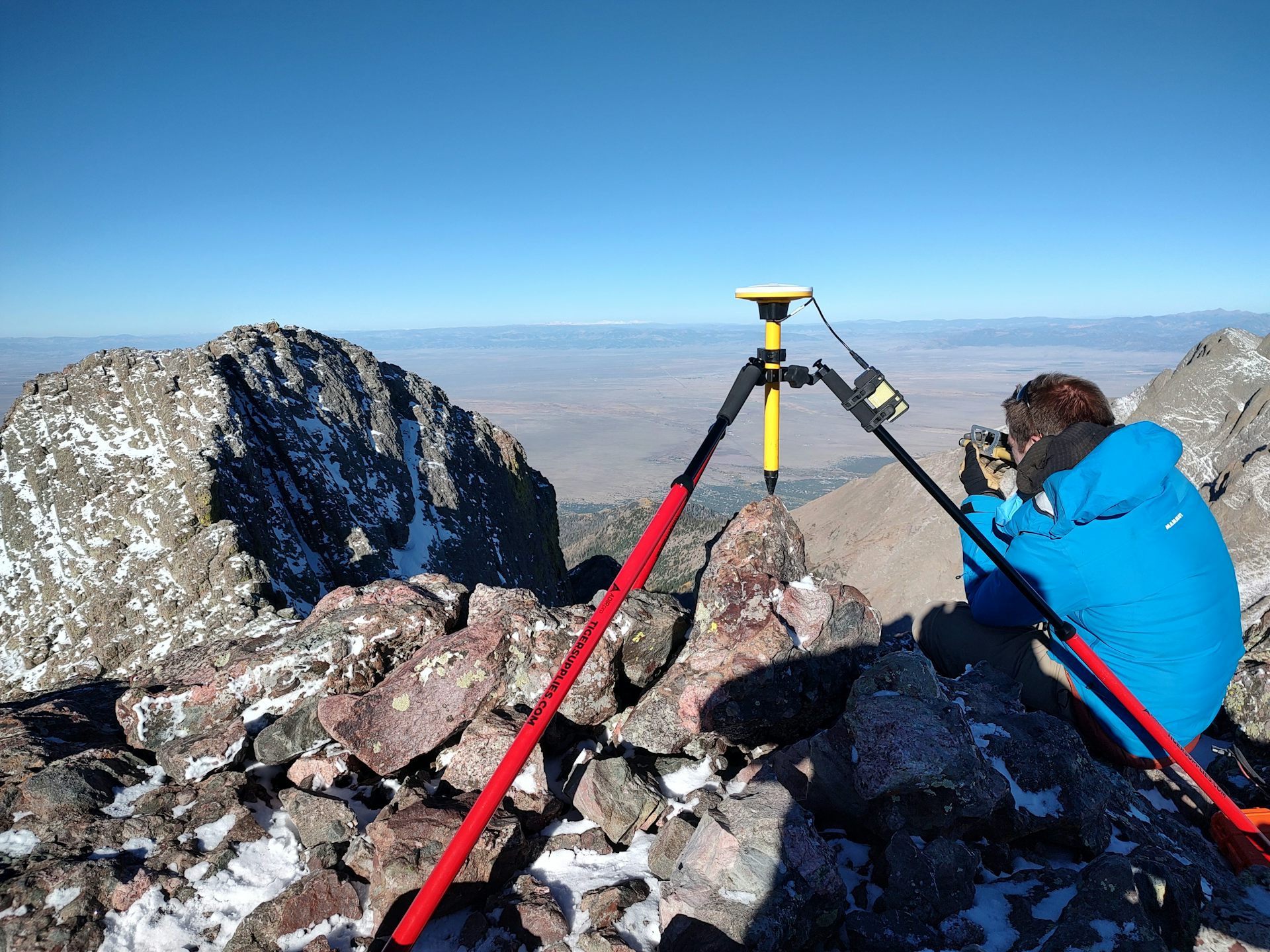Coronavirus tests are pretty accurate, but far from perfect
Expanding coronavirus testing is one of the most important tasks public health officials are tackling right now. But questions over accuracy of the two main types of tests have rightly caused concern.
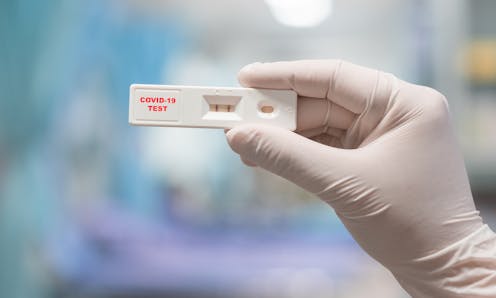
Widespread testing for the SARS-CoV-2 virus is important to both slow the virus and gain information about how widespread it is in the U.S. But a second aspect of testing has gotten less attention: accuracy.
It’s surprisingly hard to determine how accurate a coronavirus test is, identify the cause of any inaccuracies and understand how inaccuracies affect the data public health officials use to make decisions.
There are two main types of test in use. The first is a reverse-transcription polymerase chain reaction test, or RT-PCR. This is the most common diagnostic test used to identify people currently infected with SARS-CoV-2. It works by detecting viral RNA in a person’s cells – most often collected from their nose.
The second test being used is called a serological or antibody test. This test looks at a person’s blood to see if they’ve produced antibodies for the coronavirus. If a test finds these antibodies, it means a person was infected and made antibodies in response.
Hearing that some tests for the coronavirus are only about 70% accurate can be unsettling. I am a molecular biologist who studies viruses, and a lot of people are asking me what this inaccuracy means and why the tests aren’t better.
What makes a medical test ‘accurate’?
The accuracy of a medical test is determined by measuring two things: sensitivity and specificity.
A sensitive test will correctly identify people with the disease. Sensitivity measures correct positive results.
If a test is 90% sensitive, it will correctly identify 90% of people who are infected – called a true positive. However, 10% of people who are infected and tested would get a false negative result – they have the virus, but the test said they don’t.
A specific test will accurately identify people without the disease. Specificity measures correct negatives.
If a test is 90% specific, it will correctly identify 90% of people who are not infected – registering a true negative. However, 10% of people who are not infected will test positive for the virus and receive a false positive.
To reiterate: Sensitivity measures positive accuracy; specificity measures negative accuracy.
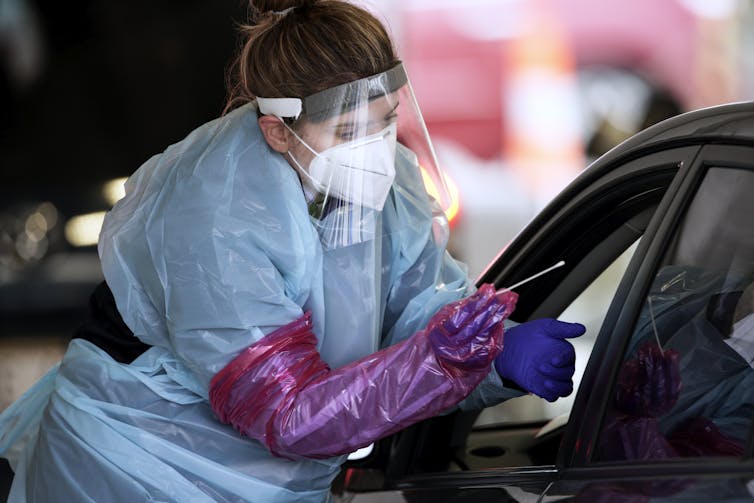
RT-PCR tests are excellent in ideal conditions
RT-PCR tests are considered the gold standard for detecting many viruses, and a number of companies are making them.
Researchers at the Foundation for Innovative New Diagnostics, a nonprofit research center in Geneva, tested five COVID-19 RT-PCR tests and found that all five achieved 100% sensitivity on positive samples, and at least 96% specificity on negative samples in a laboratory setting.
In the real world, testing conditions and process are far from perfect, and accuracy suffers. Researchers still don’t know what the real-world false positive rate is, but clinical sensitivity of RT-PCR tests ranges from 66% to 80%. That means nearly one in three infected people who are tested will receive false negative results.
Collecting good samples is not easy
Most experts believe that problems with sample collection are the main culprit behind inaccurate testing. False negative results are likely occurring because health care providers aren’t collecting samples with enough of the virus for the tests to detect.
This can happen because someone doesn’t insert a swab deep enough in the nose or doesn’t collect enough of the sample. False negatives could occur if a person is tested too early or too late during their infection and there isn’t a lot of virus in their cells. And finally, errors can happen if a sample sits too long before being tested, which allows the viral RNA to break down.
This relatively high risk of false negatives is why doctors don’t just rely on a test to determine if a person has the coronavirus. If a person presents with classic symptoms of COVID-19 and is in an area with an outbreak, doctors will often diagnose a person with the disease is spite of a negative test.
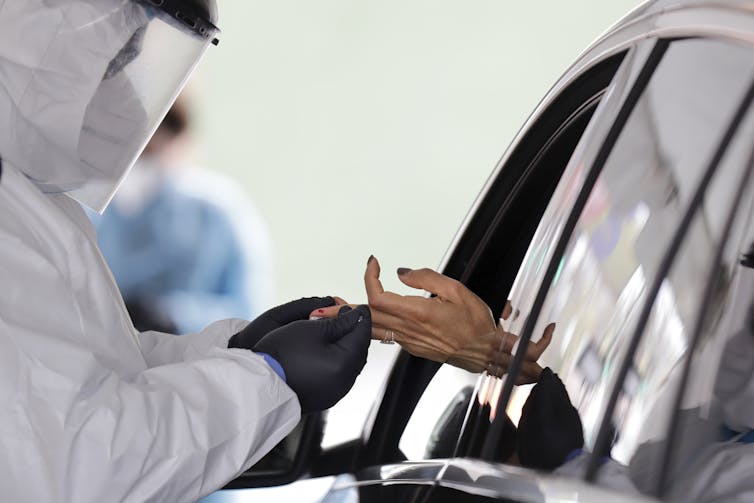
Serological tests are good, but need to be exceptional
While RT-PCR is the gold standard due to its accuracy, the slow speed and difficulty of sample collection are weaknesses. In contrast, tests looking for signs of the virus in blood – called serological tests – can give results in less than an hour and require only a simple finger prick. These tests look for evidence of an immune response to the virus – not the virus itself – by testing for antibodies that fight the coronavirus in a person’s blood.
Most antibody tests look for evidence of the “first responder” antibodies – IgM (immunoglobulin–M) – that appear about a week after infection, as well as longer-lasting IgG (immunoglobulin–G) antibodies that are produced two to four weeks after infection.
Recently, researchers from the University of California (UC) compared 10 serological tests. The sensitivity of the tests was mostly above 90%, but specificity is more important when checking for evidence of past infection. Although this hasn’t been proven for SARS-CoV-2, antibodies, in theory, would suggest immunity to the coronavirus. False positives then would tell a person they are safe when they aren’t.
The study has not been peer-reviewed yet; however, the authors report that most of the kits were 95%-99% specific, meaning there would be less than a 5% false positive rate. While this seems like very good news, if SARS-CoV-2 infections are rare in a population, a false positive rate of 5% could limit a test’s usefulness. If only 5% of a population have had the coronavirus, a test with 95% specificity would result in a 50% chance of a false positive.
Several of the tests had clinical specificities over 98%, and one of the authors of the UC paper called those tests “critical for reopening society.” But some experts have criticized the optimistic tone of the study. If only 5% of the population have antibodies, a test with 99% specificity still produces 16% false positive results.
Problems with timing, lack of regulation
It takes one to two weeks for a patient to produce antibodies to a virus, so there may not be enough antibodies in the blood to be detected by a serological test if it’s taken too soon after infection. This also means these tests should not be the main test used to diagnose someone with a current infection.
According to the World Health Organization, it is possible that the current antibody tests may cross-react with other human coronaviruses, resulting in false positives.
Another potential issue is that asymptomatic people and those with mild symptoms may produce fewer antibodies to the virus than sicker people. Therefore, a serological test that can accurately detect antibodies in severely ill patients may be less able to identify patients with fewer antibodies in their blood. Much like the RT-PCR tests, this would result in false negatives.
Finally, another reason for the high false positive rates is that the U.S. Food and Drug Administration requirements were relaxed to allow rapid development of antibody tests. Companies are now allowed to sell tests without first having their data evaluated by the FDA.
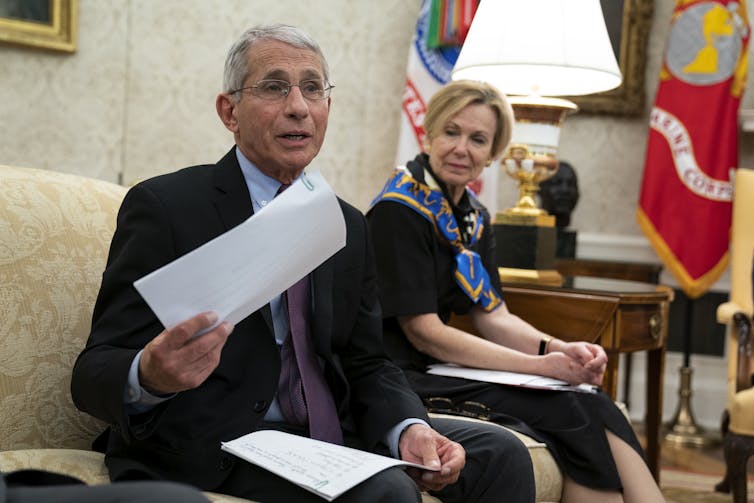
Neither the PCR nor serological tests are perfect, but they’re far better than nothing and offer incredibly valuable information to medical professionals, public health experts and the people that get tested.
Even with the current uncertainties, at this time our primary challenge isn’t the accuracy of the tests but the fact that not enough people are being tested.
[You need to understand the coronavirus pandemic, and we can help. Read The Conversation’s newsletter.]
Maureen Ferran does not work for, consult, own shares in or receive funding from any company or organization that would benefit from this article, and has disclosed no relevant affiliations beyond their academic appointment.
Read These Next
2025’s words of the year reflect a year of digital disillusionment
From AI slop to rage bait, to the cryptic ‘6-7,’ this year’s slate captures a growing sense that…
Girls and boys solve math problems differently – with similar short-term results but different long-
The reasons are not yet fully understood, but researchers consider societal influences that encourage…
Measuring Colorado’s mountains one hike at a time
To most accurately measure mountain peaks, Eric Gilbertson lugs equipment all the way to the top.



